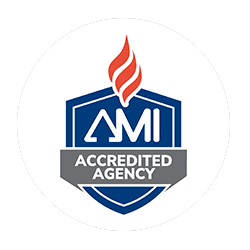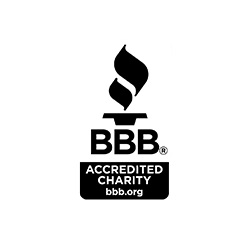
Building A Winning Manufacturing Marketing Strategy
In today's highly competitive business landscape, it is crucial for manufacturing companies to develop effective marketing strategies that drive sales,...

Organic vs. Paid Social Media: Which works better for your business?
Social media has become an essential part of our daily lives, and it's hard to imagine a world without it....

How Best to Market Your Building Materials Product
You’re a building materials manufacturer and you have an amazing product. That doesn’t necessarily mean you know the best way...

Radiant Heat––The Pros of A Future-Looking Alternative
The building materials industry is always looking for technologies that can reduce our carbon footprint, are more cost efficient and...

Materials & Technologies Used in Achieving Net Zero in New Design & Construction
Net zero building design looks to be the direction of the future. A building is considered net zero when it...

Influence of the End-User in the Success of Building Materials
Pursuing long-term value and durability along with innovation and a balance between current and future trends is critical to success...

What to Know: Business Lease Terms During COVID-19
For businesses who rent space for their company, such as an office building, a warehouse, or a showroom, the lack...

What to Know: Phase 2 of the COVID-19 Paycheck Protection Program Loans
Are you a business owner, small or large? Matching your business with the right bank may make all the difference...










